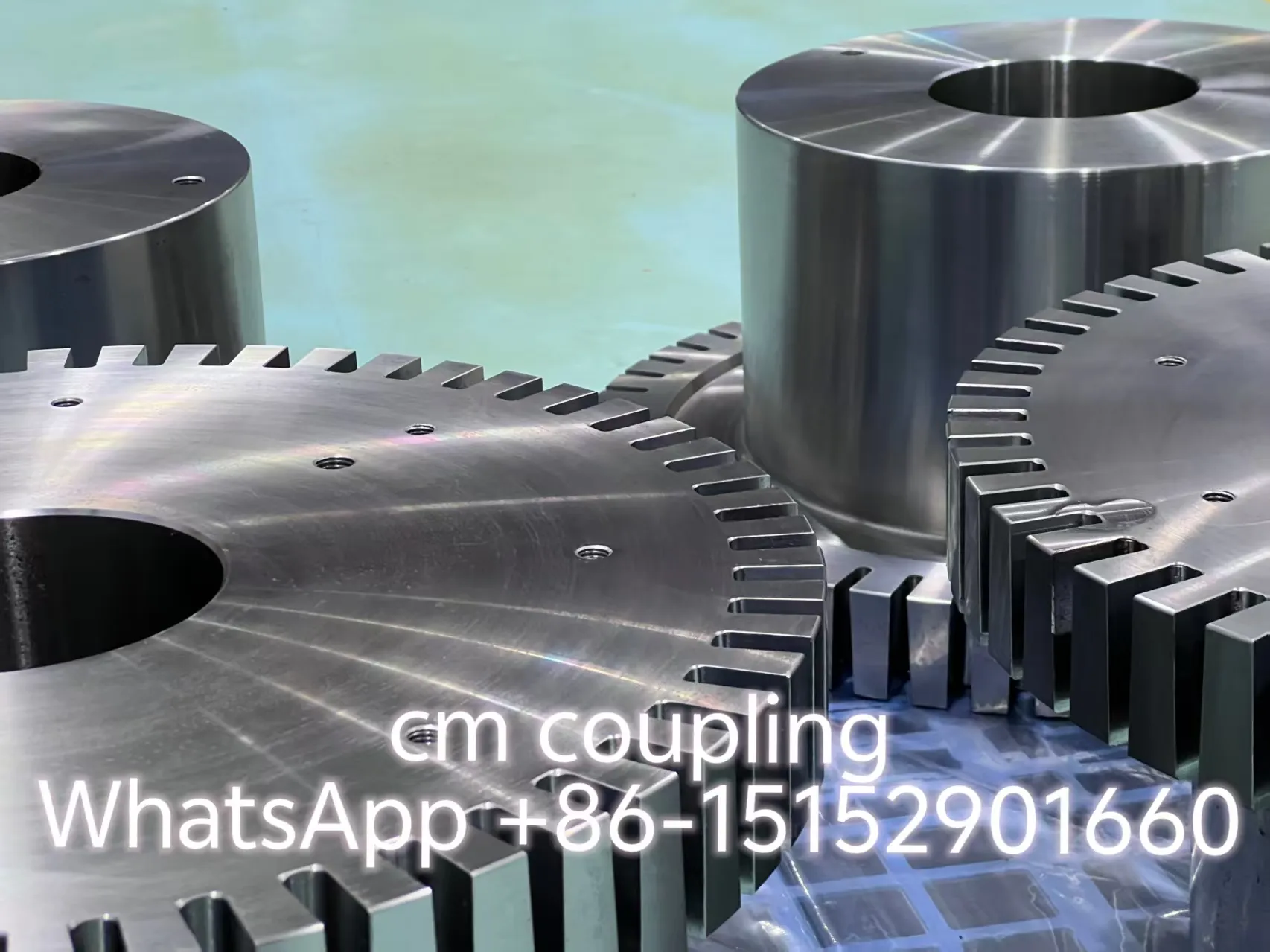Copyright © 2025 Chuangming Coupling (Jiangsu) Co.,Ltd.
Analysis of the Structure and Performance of the Half Coupling of the Serpentine Spring Coupling
2025-09-19
As an important mechanical transmission component, the serpentine spring coupling is widely used in the industrial field. The half coupling is a key part that enables the coupling to function properly.
From a structural perspective, the half coupling of the serpentine spring coupling is typically made of high-strength materials such as cast steel or forged steel, which have excellent mechanical properties and can withstand large torques and impact loads. The half coupling is equipped with special toothed structures that precisely match the serpentine springs. During transmission, the serpentine springs are embedded between the teeth of the half coupling, and the elastic deformation of the springs compensates for the relative displacement between the two shafts, including axial, radial, and angular displacements. This effectively avoids additional stress caused by misalignment of the shaft system and protects the equipment in the transmission system.
In terms of performance, due to the buffering effect of the serpentine springs, the coupling formed by the half coupling has good vibration damping performance, which can reduce the impact of vibration on the machine and extend the service life of the equipment. At the same time, it has a relatively high transmission efficiency and can efficiently transmit power. In heavy machinery fields such as mining, metallurgy, and lifting and transportation, where large torques, frequent starts, and forward and reverse rotations are required, the half coupling of the serpentine spring coupling demonstrates unique advantages.

Installation and maintenance are also important. During installation, it is necessary to ensure that the coaxiality of the two half couplings meets the requirements to ensure the normal operation of the coupling. In daily maintenance, it is necessary to regularly check the wear of the tooth surface of the half coupling and the elastic state of the serpentine springs. If excessive wear of the tooth surface or a decrease in the elasticity of the springs is found, the relevant parts should be replaced in time to prevent coupling failure and equipment malfunctions.
In conclusion, the half coupling of the serpentine spring coupling plays an indispensable role in mechanical transmission systems with its reasonable structural design and excellent performance, providing a strong guarantee for the stable and efficient operation of various mechanical equipment.
As an important mechanical transmission component, the serpentine spring coupling is widely used in the industrial field. The half coupling is a key part that enables the coupling to function properly.
From a structural perspective, the half coupling of the serpentine spring coupling is typically made of high-strength materials such as cast steel or forged steel, which have excellent mechanical properties and can withstand large torques and impact loads. The half coupling is equipped with special toothed structures that precisely match the serpentine springs. During transmission, the serpentine springs are embedded between the teeth of the half coupling, and the elastic deformation of the springs compensates for the relative displacement between the two shafts, including axial, radial, and angular displacements. This effectively avoids additional stress caused by misalignment of the shaft system and protects the equipment in the transmission system.
In terms of performance, due to the buffering effect of the serpentine springs, the coupling formed by the half coupling has good vibration damping performance, which can reduce the impact of vibration on the machine and extend the service life of the equipment. At the same time, it has a relatively high transmission efficiency and can efficiently transmit power. In heavy machinery fields such as mining, metallurgy, and lifting and transportation, where large torques, frequent starts, and forward and reverse rotations are required, the half coupling of the serpentine spring coupling demonstrates unique advantages.

Installation and maintenance are also important. During installation, it is necessary to ensure that the coaxiality of the two half couplings meets the requirements to ensure the normal operation of the coupling. In daily maintenance, it is necessary to regularly check the wear of the tooth surface of the half coupling and the elastic state of the serpentine springs. If excessive wear of the tooth surface or a decrease in the elasticity of the springs is found, the relevant parts should be replaced in time to prevent coupling failure and equipment malfunctions.
In conclusion, the half coupling of the serpentine spring coupling plays an indispensable role in mechanical transmission systems with its reasonable structural design and excellent performance, providing a strong guarantee for the stable and efficient operation of various mechanical equipment.